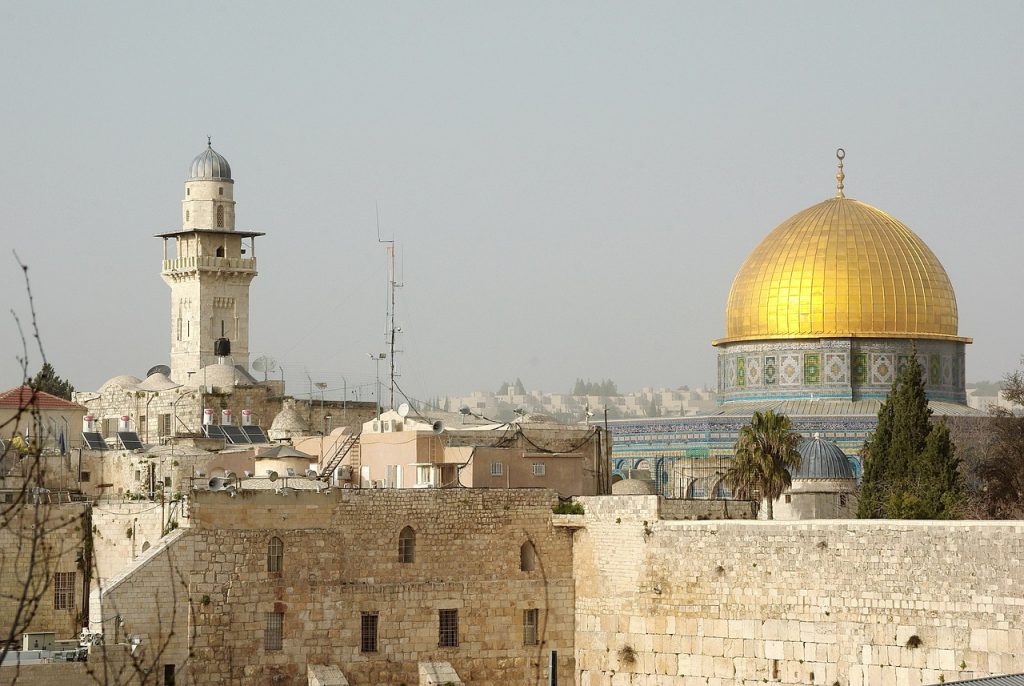Palestine Art

Palestine art captures a vibrant tapestry of cultural heritage and historical narratives. You’ll notice themes of freedom, struggle, and cultural pride, often depicted through iconic landscapes and significant events. Contemporary artists like Sliman Mansour blend traditional crafts like Tatreez embroidery with modern techniques, using visual language to illustrate Palestinian identity and resilience. His works highlight socio-political issues, advocating for Palestinian rights and reflecting the daily life and spirit of his people. Palestinian art resonates globally, offering profound cultural representation and influencing international audiences. If you explore further, you’ll uncover deeper layers of their rich artistic tradition.
Key Points
- Palestinian art mirrors cultural heritage and historical narratives, reflecting the enduring spirit of its people.
- Symbolism in Palestinian art often includes themes of freedom, struggle, cultural pride, and solidarity.
- Techniques blend traditional craftsmanship, such as Tatreez embroidery, with contemporary expressions and political statements.
- Sliman Mansour is a prominent artist whose work addresses socio-political issues and national pride.
- Palestinian art has a global impact, resonating with international audiences and vividly depicting Palestinian identity and struggles.
Evolution of Palestinian Art
The evolution of Palestinian art poignantly mirrors the dynamic cultural heritage, resilient identity, and complex historical narratives of the Palestinian people.
You can trace its development through profound cultural influences that have shaped every brushstroke. Artists like Sliman Mansour have been instrumental in channelling the collective Palestinian experience into their works.
This art form encapsulates the myriad historical narratives of Palestine, offering a unique perspective on its past and present.
The progression of Palestinian art reveals not just aesthetic growth but a deepening connection to the diverse culture and enduring spirit of its people.
Symbolism and Themes
In examining the rich tapestry of Palestinian art, you’ll find that symbolism and recurring themes reveal deep-seated narratives of resistance, identity, and cultural pride. Artists frequently use cultural heritage and artistic expression to address political and social issues, embedding resistance symbolism and historical references within their work.
Key themes include:
- Freedom and struggle: Motifs representing liberation and defiance.
- Cultural pride: Celebrations of Palestinian traditions and customs.
- Geographical references: Depictions of iconic Palestinian landscapes and landmarks.
- Historical narratives: Emphasis on significant events and victories.
- Solidarity and activism: Art as a medium for advocating Palestinian rights and independence.
These elements collectively highlight the resilience and unwavering spirit of the Palestinian people.
Techniques and Styles
Exploring the techniques and styles in Palestinian art reveals a rich blend of traditional craftsmanship and contemporary expression. You’ll find that cultural influences and artistic interpretations play a significant role in shaping this art form.
Traditional roots are evident in the use of Tatreez embroidery and cross-stitch designs, which convey deep cultural narratives. Arabic calligraphy often merges seamlessly with realistic embroidery to illustrate heritage and identity.
However, contemporary expressions also shine through. Artists frequently incorporate political and social statements into their art prints, using visual language to advocate for Palestinian rights and solidarity.
Prominent Palestinian Artists
Renowned Palestinian artists like Sliman Mansour provide profound insights into the resilience and beauty of Palestinian culture through their vivid and powerful works. Mansour’s art serves as a compelling medium for cultural expression, reflecting the artistic influences that shape Palestinian identity. His pieces often delve into political commentary, addressing social issues and the ongoing struggles faced by Palestinians. Through his evocative imagery, Mansour captures the essence of a nation’s spirit and resistance.
- Cultural expression:
Mansour’s works vividly depict everyday Palestinian life.
- Artistic influences:
His style incorporates traditional and modern elements.
- Political commentary:
His art critiques the socio-political landscape.
- Social issues:
Mansour highlights issues like displacement and occupation.
- National pride:
His art instills a sense of pride among Palestinians worldwide.
Global Impact and Recognition
Palestinian art, particularly the works of Sliman Mansour, has profoundly influenced the global art scene by portraying a unique and resilient cultural narrative.
Mansour’s powerful paintings vividly depict Palestinian identity and struggles, resonating deeply with international audiences.
This form of creative expression not only captures the essence of Palestinian life but also serves as a validation to their enduring spirit and heritage.
The global significance of these artistic contributions lies in their ability to offer profound cultural representation and artistic influence.
Frequently Asked Questions
What Is the Palestinian Art Style?
You’re exploring a vibrant art style rich in cultural motifs and traditional crafts. It captures themes of resistance and resilience, reflecting Palestinian life and history through diverse mediums like painting, embroidery, and digital art.
What Are Palestinians Famous For?
You’ll find Palestinians famous for their traditional embroidery and cultural cuisine. Their rich cultural heritage is reflected in these practices, showcasing themes of resilience and identity, deeply rooted in their history and community solidarity.
Conclusion
In reflecting on Palestinian art, you’ll understand its profound evolution and rich symbolism. You’ll notice diverse techniques and styles that speak to resilience and identity.
Prominent artists like Sliman Mansour and Mona Hatoum have gained global recognition, elevating Palestinian narratives on the world stage. Therefore, Palestinian art not only chronicles cultural and political struggles but also asserts a vibrant, enduring presence in global artistic dialogues.
It’s a tribute to the unyielding spirit of a people.
Author: Jessica Hartley

